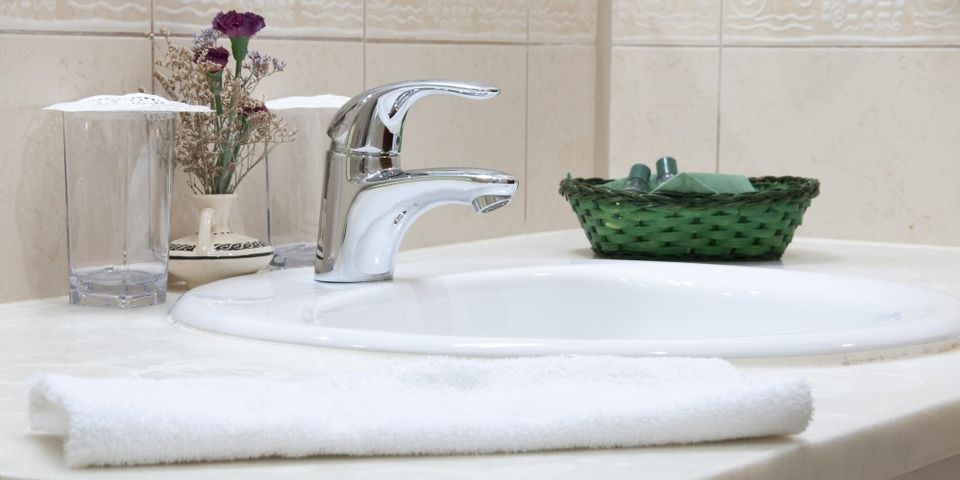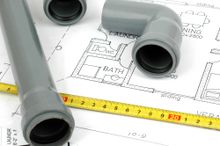Do You Need to Move Plumbing When Relocating the Bathroom Sink?

Moving bathroom fixtures is not as easy as it might seem. What some homeowners don’t realize is that the job also involves relocating the most important aspect of your bathroom—the plumbing. Even if you plan to shift your sink just a couple of inches, this can still drive up costs, depending on the location of the bathroom in your home. Here’s what you need to know before making a move.
What You Need to Consider When Relocating Bathroom Fixtures
Once you  decide to move the sink, tub, shower, or toilet, think about how this will affect your current plumbing system. Relocating the fixtures often requires the installation of additional pipes and new drains to make them work properly. Aside from the water supply, the waste line may also have to be rerouted for sewage disposal. You likewise have to factor in building codes and room limitations, which a plumber can explain to you.
decide to move the sink, tub, shower, or toilet, think about how this will affect your current plumbing system. Relocating the fixtures often requires the installation of additional pipes and new drains to make them work properly. Aside from the water supply, the waste line may also have to be rerouted for sewage disposal. You likewise have to factor in building codes and room limitations, which a plumber can explain to you.
Why Is It Tricky?
Depending on where your bathroom is located, rerouting the plumbing can be quite challenging. Working on a ground floor bathroom with a raised foundation is the easiest, as new pipes can be run under the floor joists, which are accessible via the crawl space or basement. For second floor bathrooms, the same floor-joist rules are applicable. However, you have to spend more on breaking up certain sections of the first floor ceiling and reconstructing it. If you have a concrete slab foundation, your plumber needs to crack up the cement on your ground floor bathroom to move the pipes and install the drains.
Moving your bathroom sink doesn’t have to be difficult—especially if you rely on Ronnie Ritchie Service Co in Waynesboro, VA, to get the job done. With more than 60 years of experience, their licensed and insured team of professionals specializes in plumbing, heating, and cooling systems. Call (540) 942-1415 or visit their website to learn more about their extensive range of services.
About the Business
Have a question? Ask the experts!
Send your question

